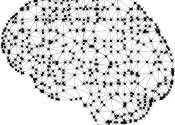Development of dendritic-network-implementable artificial neurofiber transistors
Advances in artificial-intelligence-based technologies have led to an astronomical increase in the amounts of data available for processing by computers. Existing computing methods often process data sequentially and therefore ...
Sep 23, 2021
0
330









